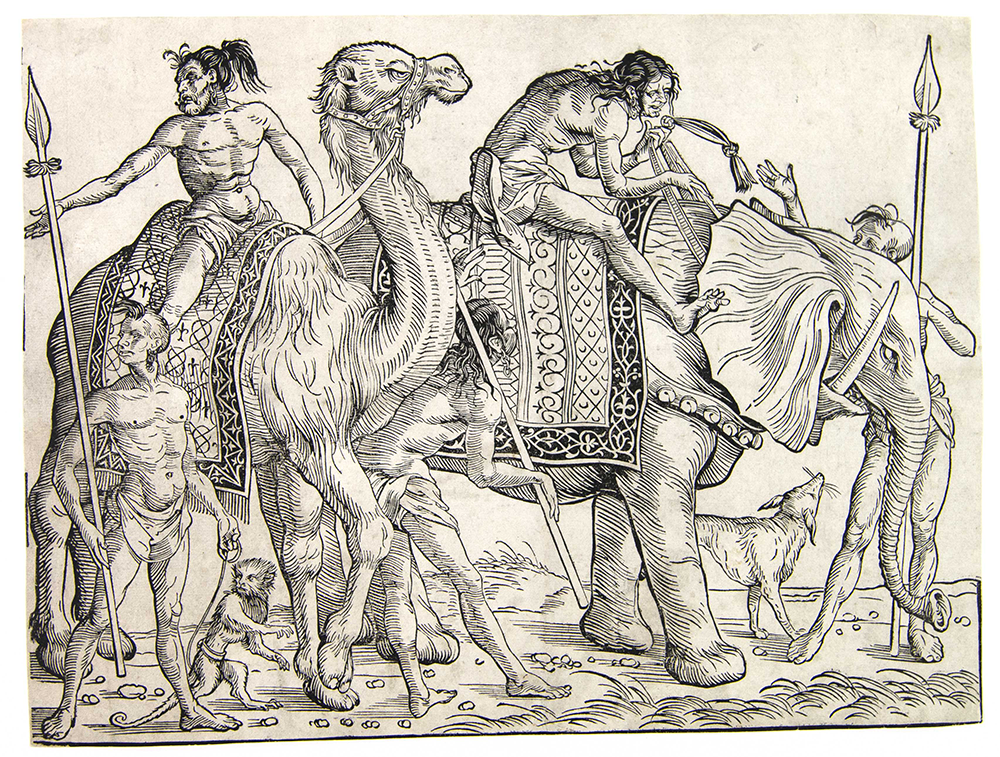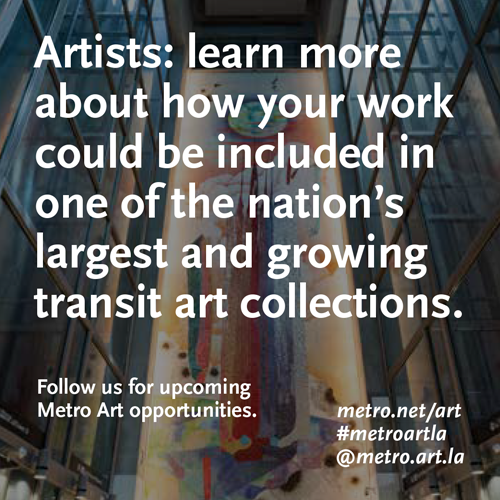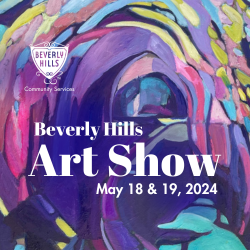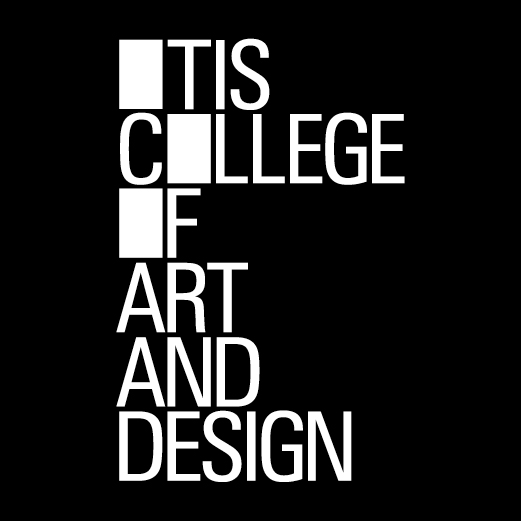In Outlaw Culture: Resisting Representations (2012) bell hooks states, “The function of art is to do more than tell it like it is—it’s to imagine what is possible.” Such words were actualized in “Known & Understood: Selections from the Permanent Collection” on display at the new Benton Museum of Art at Pomona College. For example, Kiki Smith’s Hello, Hello (2000) suggests themes of harmony and companionship between humankind and animals. By using ink on Nepal paper, the artist meticulously renders with sensitive line a woman reaching out and touching a wolf. Printed separately and then joined together in collage-style demonstrates a conscious decision of contrasting textures. Both canine and woman make peaceful eye contact with one another in proximity. The human feminine greets the unflinching lupine with its welcoming expression. It is a fitting title because a “hello” sends a confirming message of acceptance, validation and recognition rather than a disconfirming pronouncement of judgment and marginalization. Smith’s work speaks to a society that is consumed by cancel-culture tendencies that are rooted in ignorance and breed misunderstanding.
Similarly showcasing drawing skill is the woodcut by Hans (The Elder), Burgkmair, Natives with Camel and Elephant (1508). Printmaking demands proficiency in interpreting what is seen; this work however reveals the perspective about a people. Partially clothed figures holding spears and standing near or sitting on a camel and elephant reveals that an outsider’s lens is limited by aesthetic vocabulary rooted in exoticism and othering.

Hans (The Elder) Burgkmair, Natives with Camel and Elephant, 1508. Woodcut on paper. 10 1/2 x 13 7/8 in. (26.67 x 35.24 cm). Pomona College Collection.
There is also Patrick Nagatani’s From Ryoichi Excavations: Video Site Documentation: BMW Burial Site near Crow Agency, Montana USA (1985). In a series of chromogenic contact prints on paper, the artist crafts a narrative of Ryoichi, a Japanese archeologist and team who search for over 16 years—with only unreliable maps as a guide—for various cars buried at historic sites. Manipulating the power of storytelling through photography these works suggest what communication theorist Marshall McLuhan once said, “The medium is the message”; the photographic documentation makes this creative hoax appear as truth.
Finally, W.W.J.D. (2017) by Genevieve Gaignard, abbreviated for What Would Jesus Do, this assemblage of found objects with Black and white representations of Jesus Christ on vintage wallpaper speaks to the intersection of culture, politics and religion. Carefully placed as if floating on clouds, the white representation of the Christ wearing a pinned red button that says Single looks upward to the Black representation of the same Redeemer wearing a button that says Very Black. On top of the work is a white angelic child-like figurine. At the very center, almost compositionally connecting both Jesus images, is the small, segregation signifying artifact regarding who gets to drink at the water fountain.
This work is painfully apt considering recent revelations that for over 20 years, the Southern Baptist Convention has suppressed information regarding sexual misconduct within its clergy. Its report reveals not only sexual abuse but that leaders rejected reform and dissuaded victims from coming forward. W.W.J.D. indeed.



















0 Comments